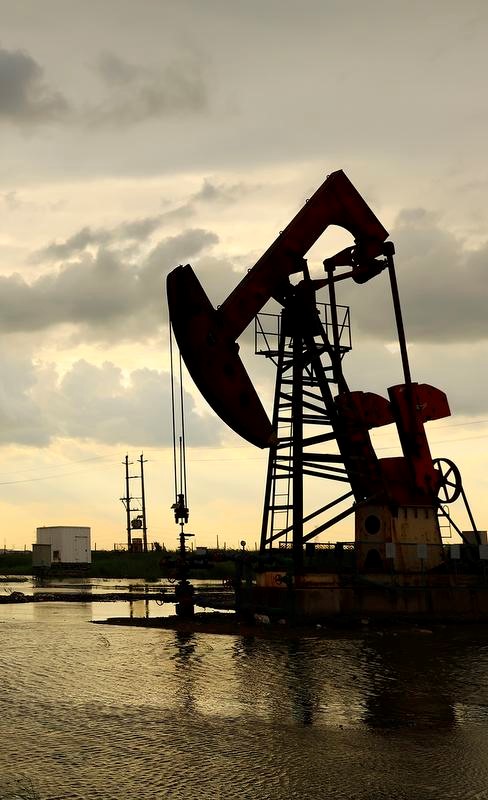Free Courses Sale ends Soon, Get It Now


Free Courses Sale ends Soon, Get It Now



Source: Hindu
Disclaimer: Copyright infringement not intended.
Context
Details
Location of Hydrocarbons
Sources:
Petroleum Geology and Exploration
Accessing Hydrocarbons
Extracting Hydrocarbons
Depletion and Decommissioning
Environmental Impact
About Hydrocarbons
Classification of Hydrocarbons:
Isomerism in Hydrocarbons:
Properties of Hydrocarbons:
Uses and Applications of Hydrocarbons:
Environmental Impact:
Sources:
|
PRACTICE QUESTION Q. Hydrocarbons are versatile compounds with diverse applications in energy, industry, and chemistry. Understanding their properties, classifications, and environmental impact is crucial for sustainable development and responsible use. Comment. (250 Words) |
© 2024 iasgyan. All right reserved